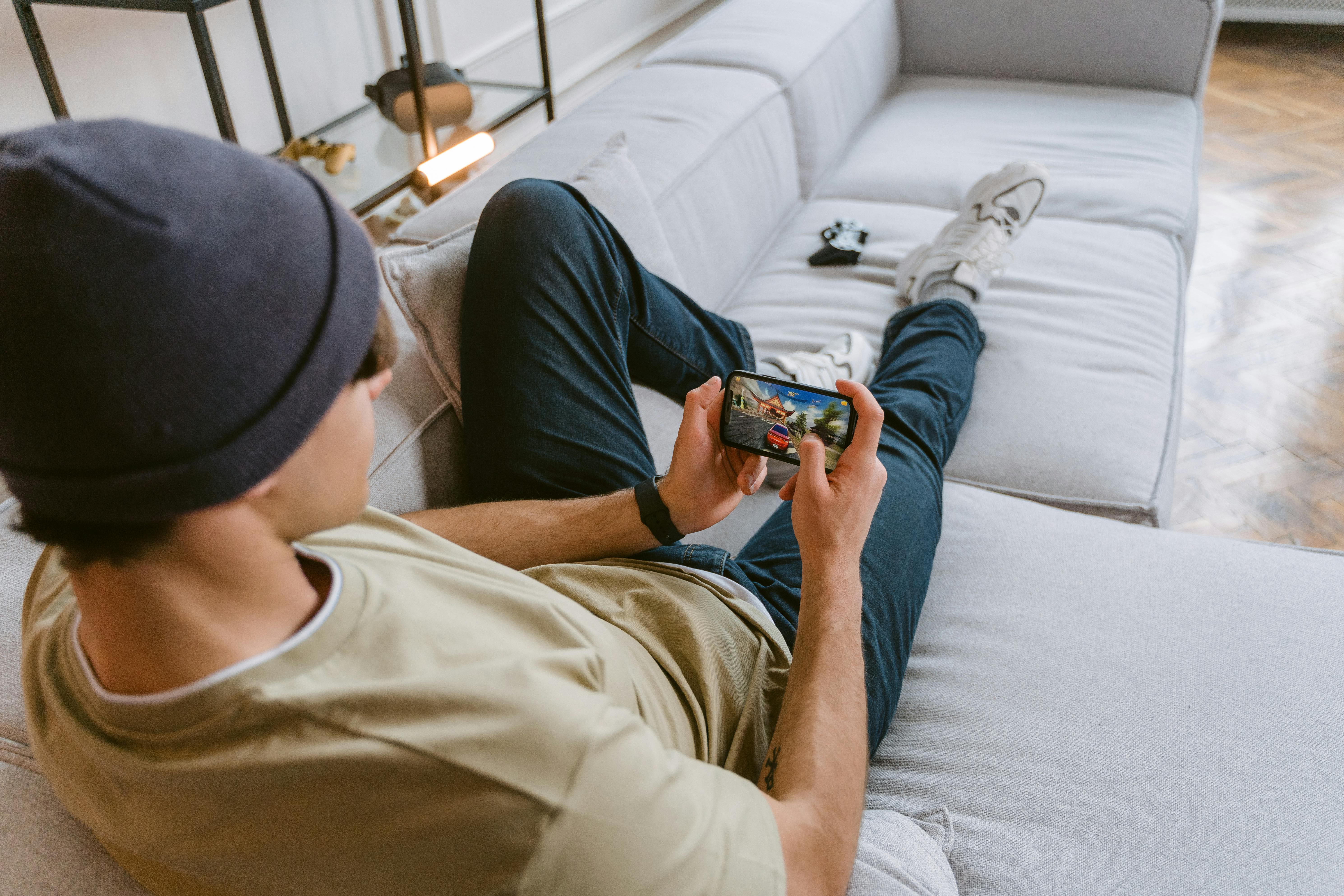Tim Ferriss popularized the phrase minimum effective dose in his book The Four Hour Body (recommended reading). Tim’s definition of the minimum effective dose is: the smallest dose that will produce the desired effect or result. I like the phrase biohack, although the minimum effective dose must be effective (the word is in the phrase!), whereas a biohack is a supposed time saver that, in most cases, does not produce the desired results.
Translating the minimum effective dose to manual therapy is quite simple from the clinician’s point of view, but often puzzling to patients. I’ll explain…
IMHO as a manual therapist, it is my job to figure out what is causing the musculoskeletal disorder. TRUE? But really, I’m looking to get past the smoke and mirrors that clinically present your movement and posture trade-offs, and delve into the root cause of your problem. Once I have done it effectively, I plan my handling of the complaint in stages. Having gained my clinical experience and knowledge of the recent literature, I proceed with what I assume to be the minimum effective dose.
You see, if I did my due diligence and pinned down your complaint to a specific cause, it really shouldn’t take long for you to return to normal function (unless there are co-morbidities or other complications). So why throw the proverbial manual therapy tactic at you? Why apply 4 modalities, manipulation and myofascial release?
My treatment style is based on the body’s ability to heal itself. The less you do, the better. With that, I see myself more like a Sherpa along her musculoskeletal health journey than a magician. I simply guide you to the top of your health Everest (Couldn’t resist)
Now, let’s get away from the corny analogies.
As a patient paying for a service, it is understandable that the minimum effective dose is considered completely different. Maybe you didn’t get your money’s worth?
To combat this, I make sure my thought process is transparent and constantly communicated to the patient (sometimes to a nauseating degree). The main theme is that I want you to get better and I want to know how you got better. Obtaining this type of knowledge is significant for all parties involved. I can make your complaint in my clinical experience and you can remember what worked for you if this type of complaint ever rears its ugly head again.
Just to be clear, I’m not saying that the use of modalities is unnecessary. There are many clinical presentations that are best treated with laser, interferential current, micro current, etc. The goal of this post is to acknowledge the importance of knowing what works for whom. Gone are the days of aimlessly treating patients with a myriad of treatment modalities, regardless of their clinical presentation. Wait.



